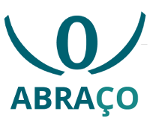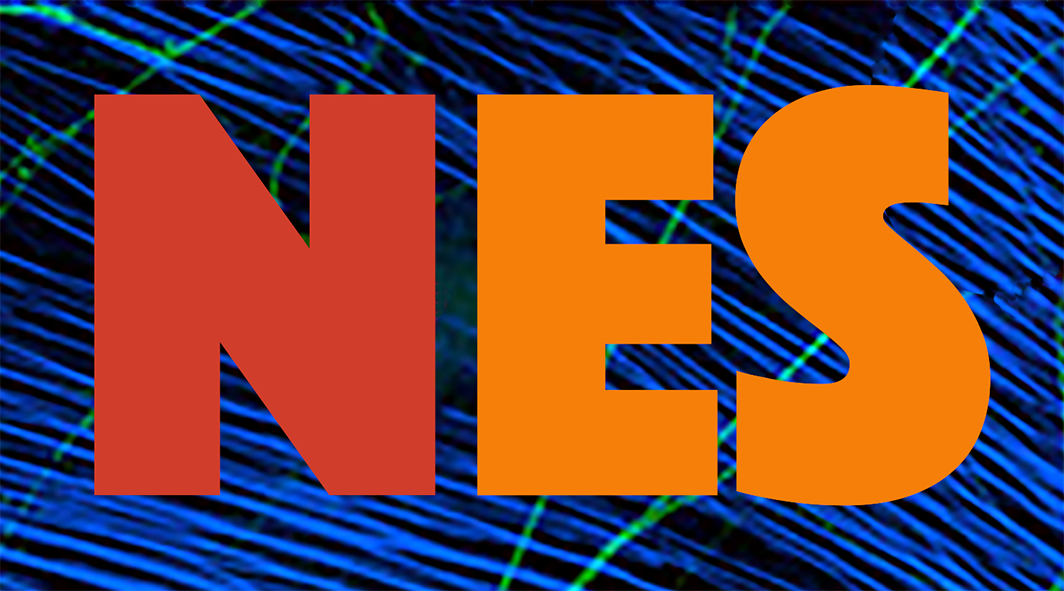
Prof. Leornardo Cohen: Remarks at NeuroMat's First Workshop
Feb 11, 2014
The first point I would like to make is that in my view the meeting was highly successful. Now, everybody knows what everybody else in the program is doing or thinking, regardless of the opportunity to interact with each other you had before.
The second point. In my view the meeting has been highly educational. All presentationseducated the audience on what investigators in their different disciplines are doing, on how they are doing it, how they are thinking, their language and their priorities. An important aspect of this educational process is the sense that, in order to advance from a scientific point of view and to generate the best science, it is crucial to develop productive interdisciplinary interactions. Science cannot advance in the absence of productive interdisciplinary interactions, like those discussed along the meeting. The comfort area for each of us is to do what we know, do it the best way we can, go straight where we want to go in terms of results, publications and so on, and try to use as few resources as we can manage because such approach allows faster processing. The heart of the issue is that nowadays, following this limited approach and in the absence of an interdisciplinary effort, it would be very hard to do the best science.
The third point. Another educational aspect is the need to pay attention, understand and empathize with psychology of investigators in each discipline. How does a scientist that is taking measures of cell activity in three monkeys for years feel about sharing data? Knowing that if suddenly one of the monkey dies, he cannot publish a paper after years of effort. This is a psychological frame of mind, and in this kind of project in which you are involved in you should be aware of this. How does a statistician or mathematician feel knowing the wonders he can advance research and science if he had access to the proper data? Knowing that such data may be already available but neglected or just lying in a CD without being used? I believe this is something to which the coordinating committee of Neuromat should be very attentive and empathetic with. The committee could thus generate the best safeguards to allow the most freely interactive and productive coordination across researchers and specialties.
The fourth point. The interaction between biological data and complex analysis or modeling. I believe the interaction between both is required for scientific advance. Biologists collect data that, when analyzed by mathematicians/statisticians contribute to create models of biological processes. Such models require further biological testing which eventually lead to more sophisticated and realistic models. Alternatively, models should be tested in real biological settings and data generated in such way permits modifications that enrich new models. These cycle: data → model → data. This cycle assumes prospective planning when we go from model to data, and it assumes retrospective work when we look at the data that leads to the model. Productive generation of these cycles is, from my point of view, what will allow this group to generate the very best science. Most importantly, there has been a lot of discussion on how the collection of data may generate interesting models, but at the same time there was little discussion on how we go back to the biologists, for example, to help them produce new and more exciting data based on testing more sophisticated models. This will engage biologists to be more successful in their own science.
The fifth point in my mind is the connection between different level of activities. The first level is what I call (probably incorrectly) basic research on cell components, proteins, genes, etc. The second level gathers people who are working at a system-level, which can be clinical or not clinical (multicell recordings, imaging in humans or primates, behavioral studies in either animal or human models). The third level gathers mathematicians, statisticians and “modellers” if you allow me this terminology. I felt that most of the emphasis in the discussions has been placed on trying to connect the first and third level, and the second and third level. For instance, an issue we discussed was how to bring data back and forth from the math level to the systems level, and so on. Perhaps the links between the more basic science level and the systems science levels could develop as well in the future.
The sixth point relates to the presentation of several ideas on collaboration that emergedduring discussions. This has been thought-provoking and has triggered in all possible ways my imagination, but the real challenge is: how to anchor this? How to translate the idea of “Oh, let's collaborate” to the creation of new and significant biological hypotheses of multidisciplinary interest? In the absence of these biological hypotheses, that you may all consider meaningful from the scientific standpoint, it is going to be difficult to obtain the most exciting science. I had wonderful discussions, full of ideas, so: which idea are you going to pursue? What hypotheses will you test? When are you going to start? Who is going to do what, where and when?
My final consideration is about the issue of data sharing, partially addressed in my third point. I feel that this should be considered carefully by the leadership. I do not think the project as a whole depends on this. Data sharing is going to come naturally, when collaborations starts to flow. People will understand that the best science is dependent on collaborating with the data and that the data will come back with new directions to whom has collected it, and this will move forward the best science.
All in all, thank you for allowing me to share your wonderful discussions, plans and concerns.
Leonardo G Cohen Bethesda, MD
This piece is part of NeuroMat's Newsletter #1. Read more here
Share on Twitter Share on Facebook| NeuroCineMat |
|---|
|
Featuring this week: |
| Newsletter |
|---|
|
Stay informed on our latest news! |
| Follow Us on Facebook |
|---|




